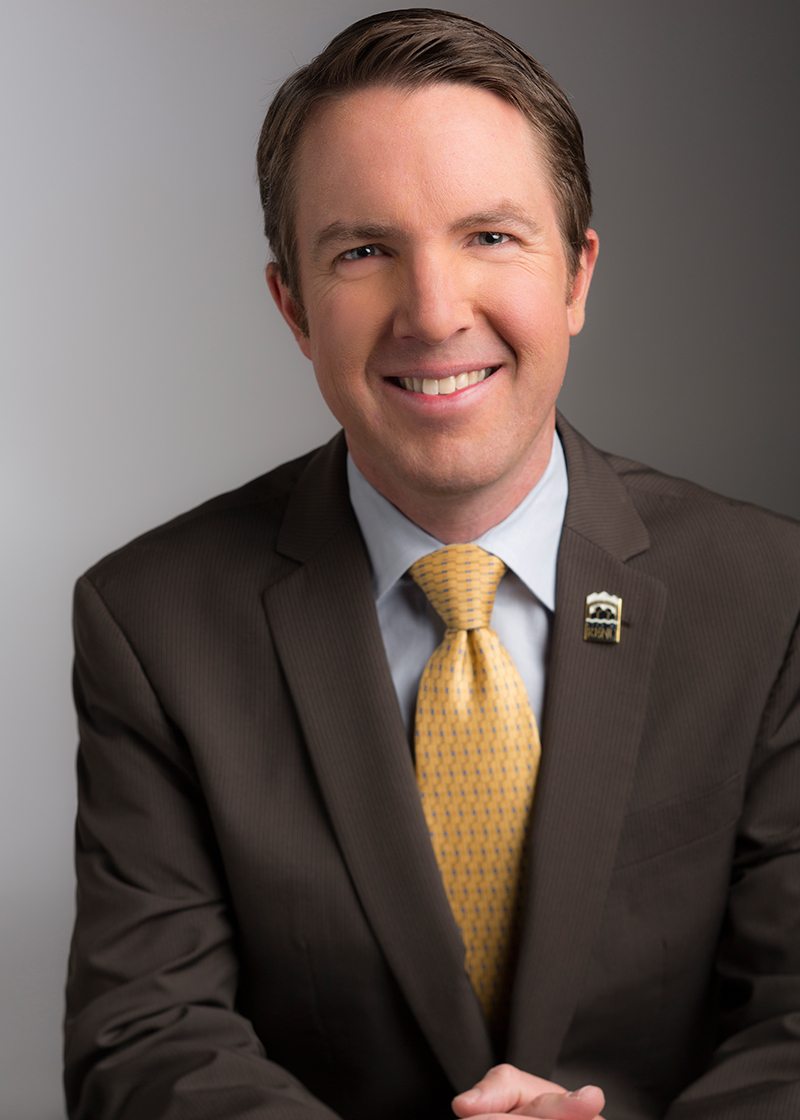 How to maintain quality of life while continuing to grow and keep Reno affordable were among several topics local officials discussed today.
How to maintain quality of life while continuing to grow and keep Reno affordable were among several topics local officials discussed today.
During a joint meeting today, the Reno City Council and Planning Commission approved the first phase of the city’s master plan update. Phase I consists of a community profile and public participation plan.
Master plans are long-term visions for municipalities. They help elected officials and planners make decisions on things such as land use and economic strategy.
Affordability

“There’s a lot of concern that with growth, housing will get out of reach,” Councilwoman Naomi Duerr said. “We want to grow, and there’s always this question of gentrification.”
Matt Prosser of Denver-based Clarion Associates Inc., which is updating the master plan, noted that the average worker in the entertainment, hospitality or retail industry would need two or three jobs to afford Reno’s median home price.
Housing prices are at 72 percent of peak but coming back, and rental rates are flat but on the rise with vacancy rates at 3 percent, he said.
“While Reno is generally an affordable place to live, going forward, the city will need to plan for a wide range of housing,” Prosser said. “Once you adjust for inflation, wages are flat. That could be why affordability came up.”
Citizen Feedback
Between April and December 2015, 5,824 people ages 15 to 85 provided input. Most took online surveys but others were part of focus groups and on-site presentations. Those ages 25 to 34 made up 21 percent of participants, the 35 to 44 cohort accounted for 18 percent and the 45 to 54 and the 55 to 64 age groups accounted for 16 percent each.
The public input section, titled Reimagine Reno, asked people their vision for Reno in 20 years. Being a base for outdoor activities, an arts and culture center and technology center topped the list. Becoming a university town and affordability were also key. Least important were Reno as a gaming destination and being an outpost of the wild West.
“The sentiment was that while we want the casinos to remain part of the fabric of our town and an amenity for residents and tourists, we do not want gambling to define our future or be the main thing we are known for in 20 years,” the Reimagine Reno report indicated.
Safe walking, driving and bicycling environments ranked as the top value among respondents. When asked where they live now versus where they’d like to live in the future, most people said they’re living in single-family homes close to a street with shopping and would like to continue to do so.
“How much of that is true preference versus market availability?” Councilman David Bobzien asked.
Prosser said he and his colleagues plan to dig deeper into that when doing the master plan’s second phase.
The Future
Councilwoman Jenny Brekhus expressed concern about water availability said it makes sense to lock up dead retail corridors before expanding.
“It’s easier to say no to unlocking a PUD (planned unit development) than unlocking a subdivision,” Breckhus said.
Reno’s population last year was about 236,883 and is expected to be 309,583 by 2034, the report showed. Washoe County’s population of 442,123 could reach 563,779 by then.
While the median age is getting younger, the report said the number of people 65 and older is also increasing and the area is becoming more ethnically diverse. About 80,000 new jobs are expected in Washoe County and 10,000 are forecasted for Storey County.
The Council and Planning Commission also approved a contract for Phase II of the master plan update. Work is scheduled to start in February and last through July 2017. In May 2015, the council approved $450,000 to Clarion Associates for the second phase. Phase I cost $350,000.
Additional public feedback will be sought. Other things, such as a housing demand and needs analysis, a study of economic development opportunities, land use planing and strategies to move forward are among topics schedule for Phase II.
Reno’s master plan was last overhauled about 20 years ago.
Information: http://www.reimaginereno.us.
